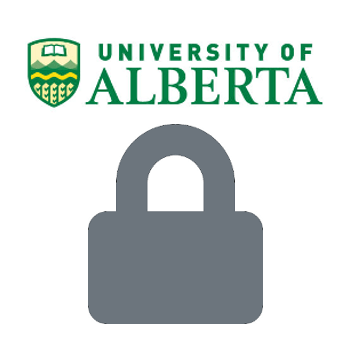This decommissioned ERA site remains active temporarily to support our final migration steps to https://ualberta.scholaris.ca, ERA's new home. All new collections and items, including Spring 2025 theses, are at that site. For assistance, please contact erahelp@ualberta.ca.
Search
Skip to Search Results- 2Graduate and Postdoctoral Studies (GPS), Faculty of
- 2Graduate and Postdoctoral Studies (GPS), Faculty of/Theses and Dissertations
- 1Biological Sciences, Department of
- 1Biological Sciences, Department of/Journal Articles (Biological Sciences)
- 1Toolkit for Grant Success
- 1Toolkit for Grant Success/Successful Grants (Toolkit for Grant Success)
-

2019-11-01
Parkins, John, Goddard, Ellen, Plastow, Graham, Carlyle, Cameron
NFRF-Exploration grant awarded 2020: Sustainability of the beef industry and sustainability of temperate grasslands are equally challenging currently. Beef cattle don’t typically graze on tidy fields of managed pasture, but instead graze complex landscapes with highly diverse vegetation and plant...
-
Influence of permafrost characteristics on vegetation change in Yukon and Northwest Territories, Canada
DownloadFall 2021
Permafrost thaw is a significant contributor to landscape change and ecosystem disruption in northern systems. While previous studies have examined the impact of permafrost on vegetation change, few have investigated the connection of permafrost characteristics to the type and extent of...
-
Offsetting approved harmful anthropogenic impacts in the 21st century – Insights into global offsetting practices, habitat banking as an alternative offsetting mechanism and application of habitat enhancement in northern boreal lake systems
DownloadFall 2022
Land-use change via human development is a major driver of biodiversity and habitat area loss and ecosystem function impairment. To reduce these impacts, billions of dollars are spent on environmental offsets, aimed to compensate for authorized negative impacts. Studies evaluating offset project...
-
2018-01-15
Khan, Amanda S., Chu, Jackson W. F., Leys, Sally P.
Sponges link the microbial loop with benthic communities by feeding on bacteria. Glass sponge reefs on the continental shelf of western Canada have extremely high grazing rates, consuming seven times more particulate carbon than can be supplied by vertical flux alone. Unlike many sponges, the...